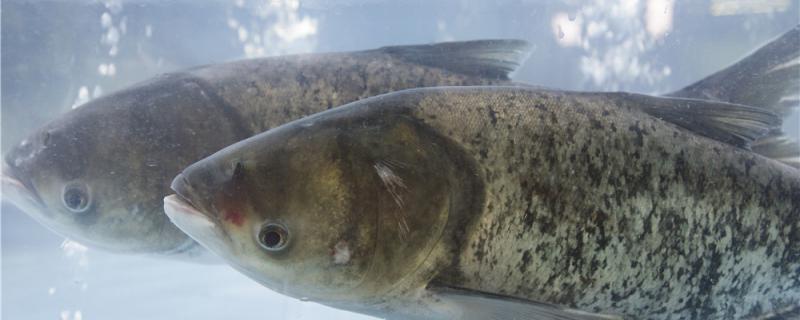
fish pond, you need to fill it with new water regularly, usually once every 7-10 days. If the water quality deteriorates, you need to change the water in time, and you can use quicklime to adjust the water quality regularly. The fish pond needs to be equipped with an aerator. When it is sunny, it is usually started in the afternoon to increase oxygen for 1 hour. If the head is floating, it is also necessary to increase oxygen for emergency. In addition, microbial agents should be used to improve the site and inhibit the growth of anaerobic bacteria.
is produced? 1. The water source is not good: The reason why sewage is produced is usually because the water source is not good. The water consumption of fish ponds is relatively large, so it is impossible to use tap water. Water must be diverted from nearby rivers and reservoirs. If the water here is not clean, it will easily lead to the deterioration of the water quality of fish ponds, thus threatening the survival of fish.
2. The bottom of the pond is not good: If there is too thick silt at the bottom of the fish pond, the water quality is also easy to deteriorate, not only will it turn black, but also will stink. Therefore, every year when the pond is cleaned, part of the silt at the bottom of the pond is dug out, which can improve the ecological situation, avoid the deterioration of water quality, and also help the health of fish.
3. Improper management: Feeding must be well controlled in the daily management process. If too much feed is fed, or frequent fertilization increases the water fertility, sewage will also be produced. Therefore, attention should be paid to the amount of feeding and fertilization, which should be determined according to the size of the fish pond and the number of fish.